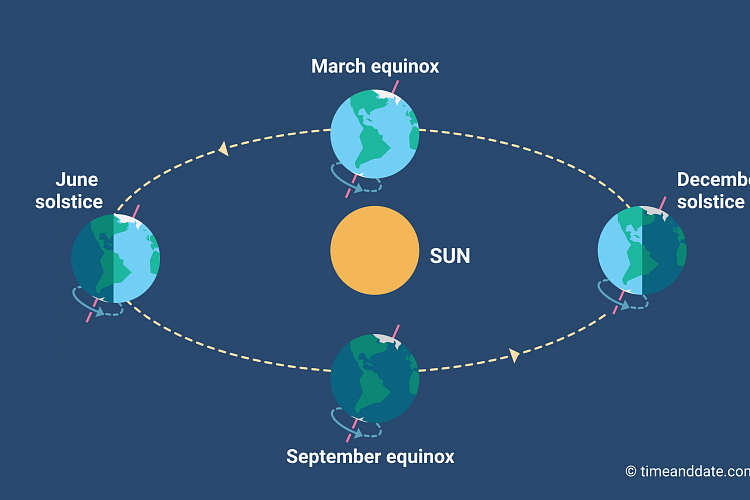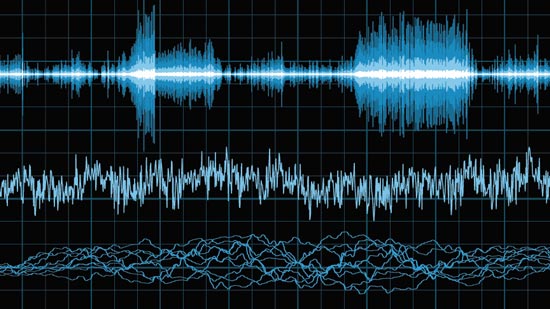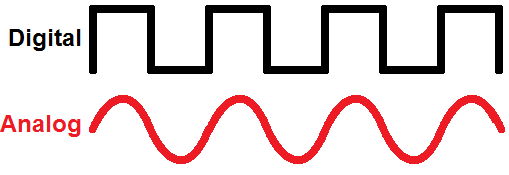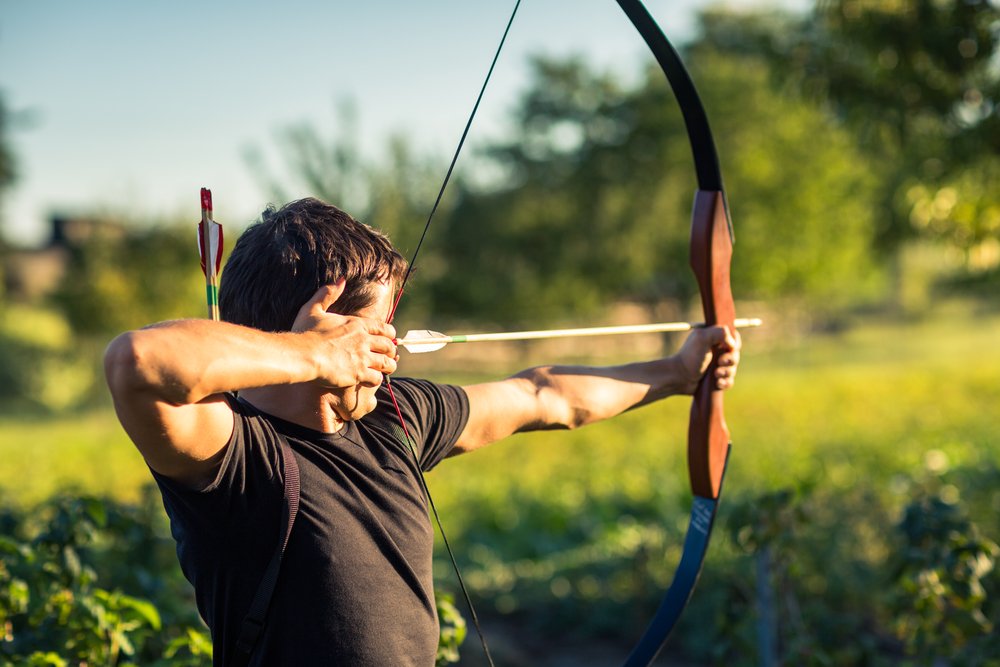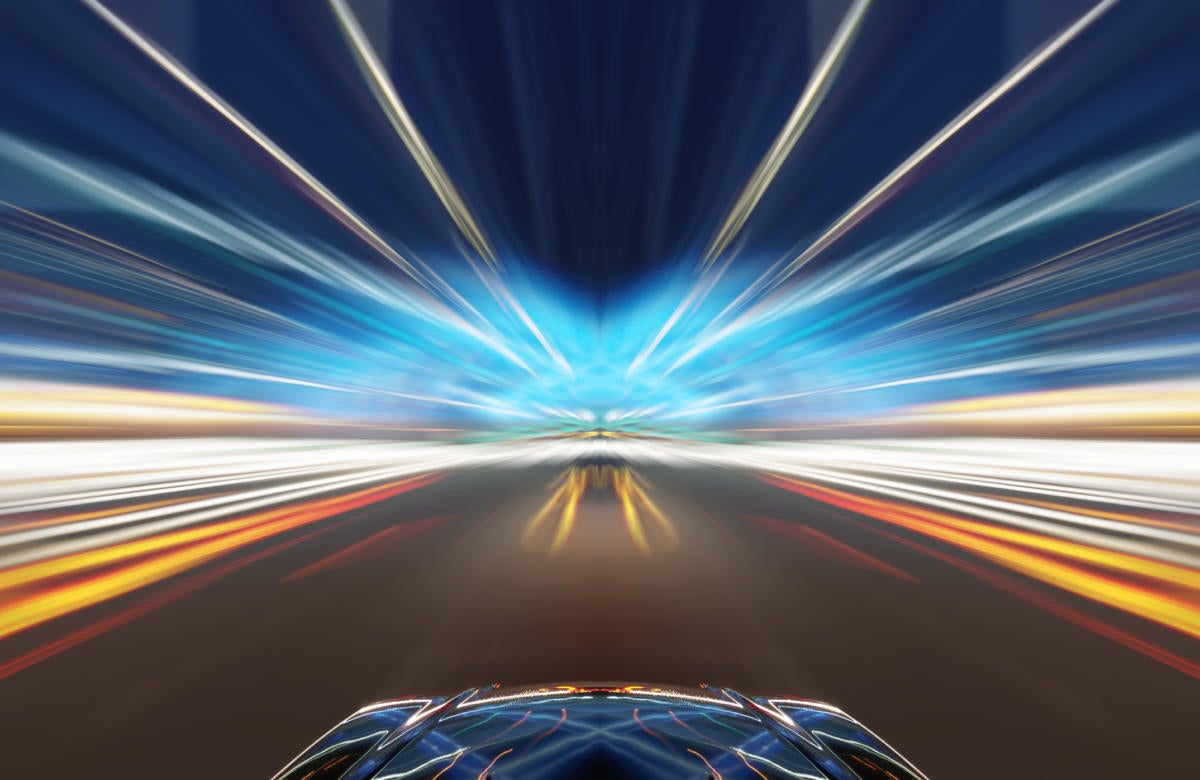Question 5: What season is the Northern Hemisphere in in position #3?: As you can see the correct answer for what season position 3 is is actually fall. To prove this you can even see that in position 2 the northern hemisphere is the most directly facing the sun during that time and just by basic logic you can deduct that since the season after summer is fall position #3 therefore is going to be fall.
Question 6: What season is the Northern Hemisphere in in position #4?: With the same kind of reasoning as before since we know that position #3 is fall due to the order of how our seasons shift ( spring summer fall and winter) we know that the season following fall is always winter. Yet another way to tell is by looking at the poles. You can tell the best which season it is by which pole is pointed towards the sun. As you can see the south pole is closer and pointed closer to the sun than the north pole which is on the opposite side to the sun.
Question 12: Which tide happens when the sun, earth, and moon, and aligned?:The actual answer is spring tides because when the lunar eclipse is happening you have a full moon which I know this is a lunar eclipse because the formation described was sun earth moon meaning the earth blocks the sun. Well anyways it is a full moon in this position and as we know on a new moon and full moon the earth has spring tides.
Info from this article:
http://home.hiwaay.net/~krcool/Astro/moon/moontides/
Question 14: What happens when there is a spring tide?: As we discovered in the article spring tides are extremely strong/ high tides. They occur when the moon has a very strong gravitational pull.
Link to info:
http://home.hiwaay.net/~krcool/Astro/moon/moontides/
Question 17: Why do we experience the changing of seasons on earth?: We experience the changing of seasons on earth because of the earths tilt on its axis. Since the earth is tilted at approximately 23.5 degrees at different points in its rotation around the sun you get which side of the earth shifting and showing different levels of preference when it comes to direct sunlight.
http://earthsky.org/earth/can-you-explain-why-earth-has-four-seasons
Question 18: When the moon is at full moon or new moon, what type of tide will we experience?
As we know from the fact that the lunar eclipse is a full moon we know that a full moon and new moon produces spring tides!
Info from this article:
http://home.hiwaay.net/~krcool/Astro/moon/moontides/
Question 19: What season is the Northern Hemisphere in position 4?:
The Northern Hemisphere is in summer. Same logic we applied before we can see that the north pole or the line representing the north pole is pointing the most towards the sun. The tilt of the earth is favoring the northern hemisphere making it so they have the most direct sunlight during this time.
Question 20: what season is the Southern Hemisphere in position 4?:
Due to the fact that the Northern Hemisphere is getting summer time and since we can expect this means the northern hemisphere is getting the most amount of direct sunlight we can assume by logic that the Southern hemisphere can't be getting that direct sunlight due to it being on the opposite of the northern.Therefore you have to have the southern hemisphere receiving the least amount of light and being winter.
Question 22: At which two points would we experience the highest high tides?:
Well we would experience the highest high tides at positions 1 and 5 or more so the positions of new moon and full moon. These are when spring tides happen which we know as highest high tides!
Question 24: Which two of the following are responsible for seasons?
The answers are the
Earth's tilt or it 23.5 degree angle this makes it so when the
Earth rotates on its axis different places of the earth aka the Northern hemisphere and Southern Hemisphere get different levels of exposure to the sun.
Question 26: Locations in the Northern Hemisphere are warmest in summer because sunlight in summer is...
Sunlight in summer is the most intense for the longest duration. This is because summer days are actually longer. This is because the angle of the sun is higher during summer than in winter meaning it takes longer for it to leave.
https://www.quora.com/Why-are-days-in-the-summer-longer
Question 28: In New York, the risk of sunburn is greatest at 11am- 3pm because on summer days...
On summer days the angle of the sun is higher meaning the sun is already having the most direct sunlight due to its position and because its high angle makes it stay in the sky longer.
Question 36: There are places in the world that experience 24 hours a day of daylight. Where do you expect this to happen?
You would expect this to happen on the poles because absolutely no matter what the sun has to be pointing on either the northern hemisphere of the southern hemisphere and to be able to do that they need to tilt near the poles giving those areas sunlight. When the sun is giving preference to a certain hemisphere that pole is getting that sunlight!
Question 37: What is your science teacher's full name ( spelling matters)?:
My science teachers full name is Mariana Garcia Serrato. Serrato goes after Garcia, never before. You don't hyphenate the name because we Americans are weird and have to hyphenate everything. I originally got it wrong because I switched up Serrato and Garcia and totally butchered Serrato spelling it all funky. But NO it is Mariana Garcia Serrato. May I repeat Mariana Garcia Serrato!


